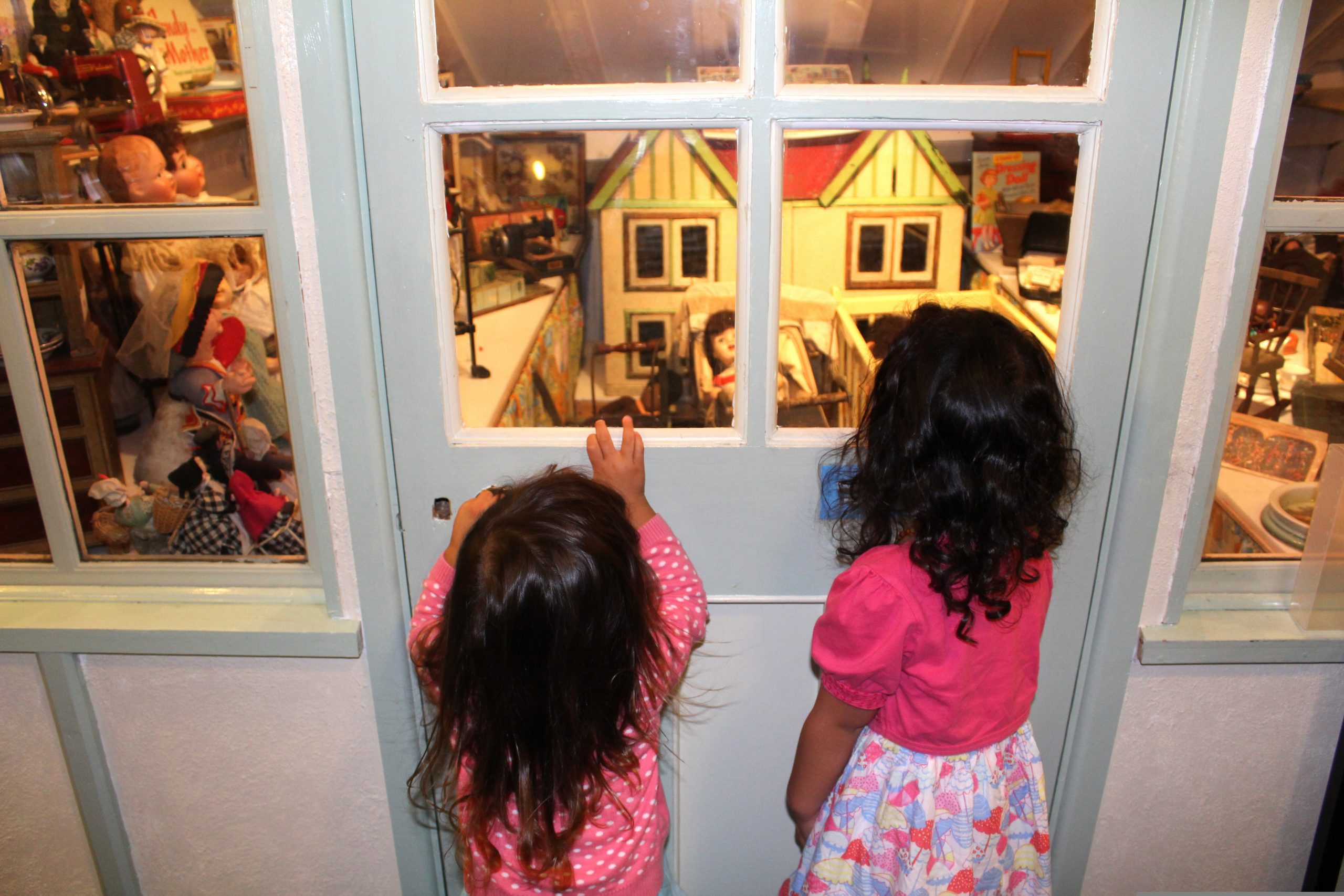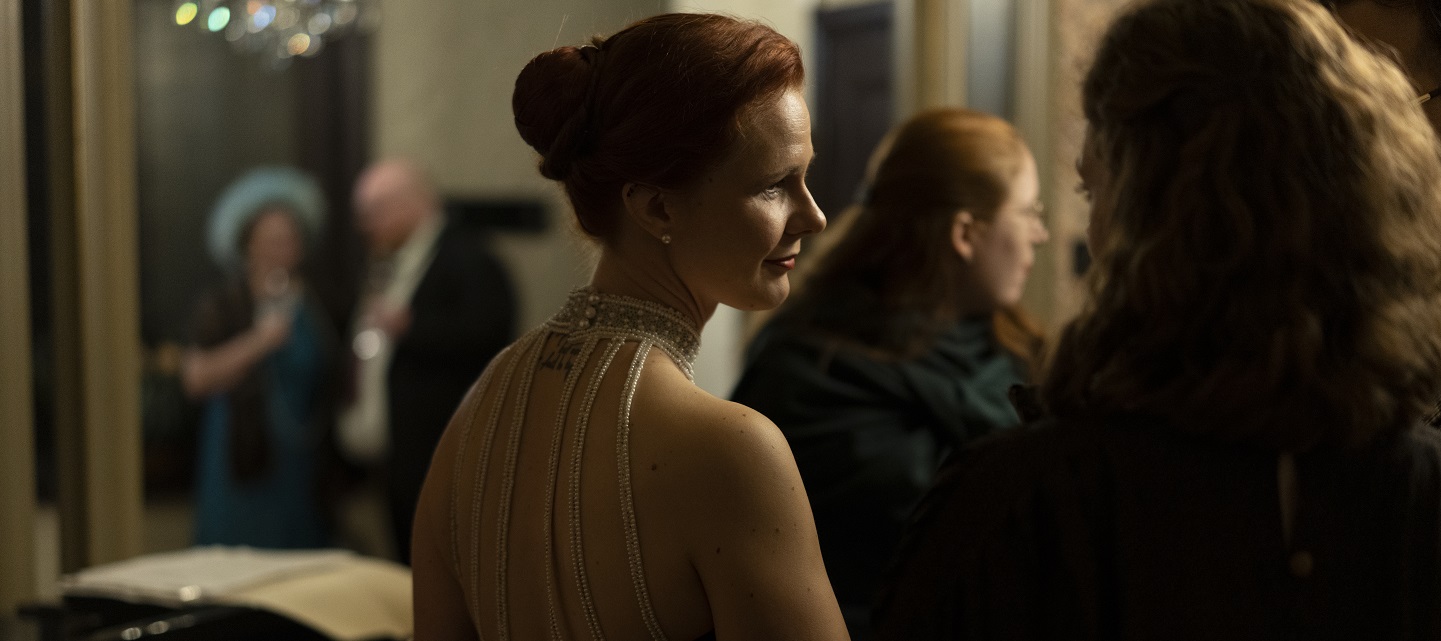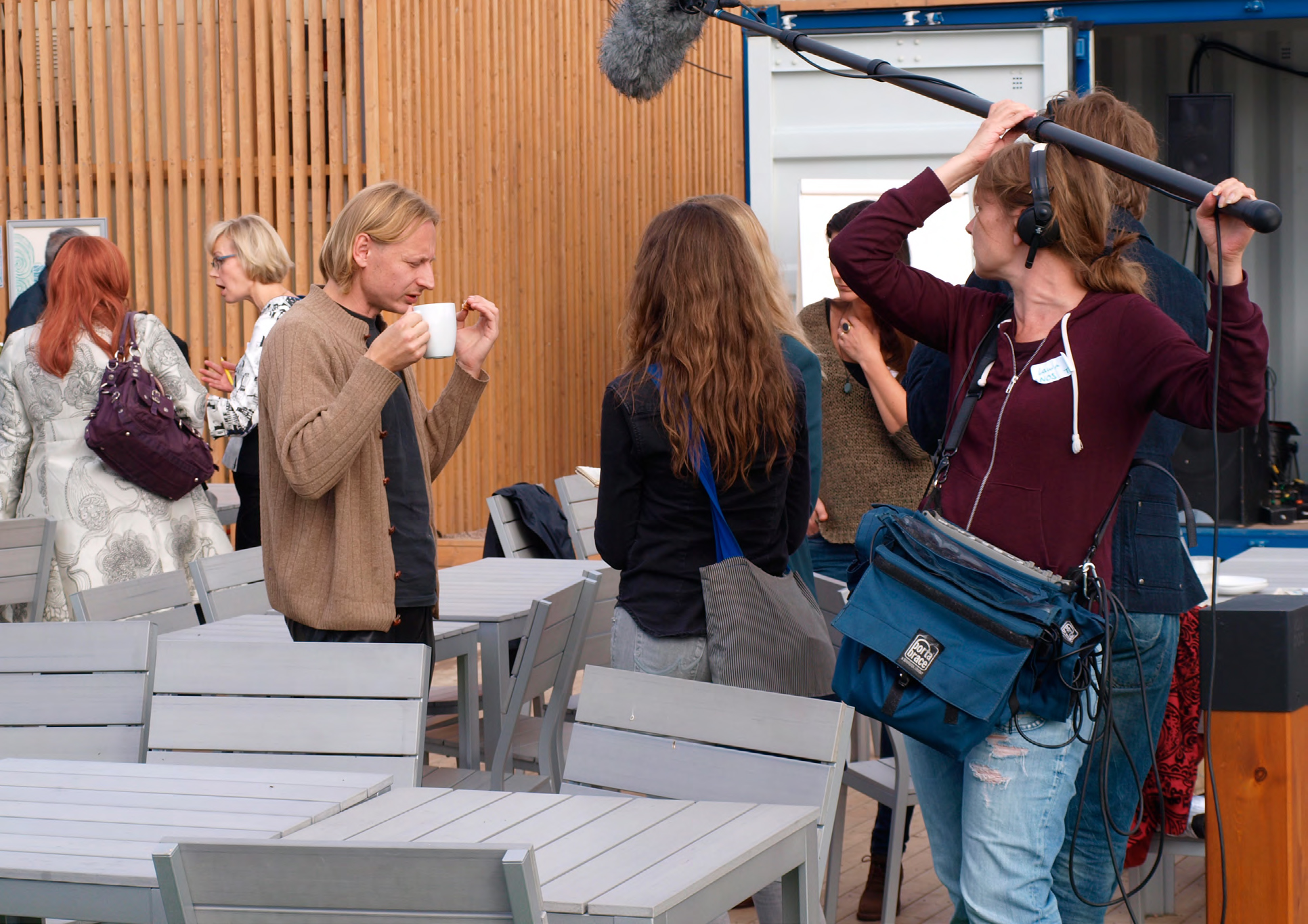Tag: Political Larp
-

History is Our Playground – On Playing with People’s Lives
in
How can we treat the lives of people who lived and died centuries ago with respect? How much context should we expect the players to study in order to respectfully portray lives of people in the past? In what detail should we communicate the changes we make for artistic or playability purposes?
-

Culture, Community, and Layers of Reality: Playing Allegiance
A pervasive larp about the Cold War and the diplomacy needed to stave off nuclear Armageddon.
-

Transformative Role-Play: Design, Implementation, and Integration
in
A framework for how to design, organize, and play intentionally for transformative impacts throughout the role-play experience and beyond.
-

Baltic Warriors: Helsinki
Baltic Warriors: Helsinki was the first in a hopefully longer series of political larps about environmental issues related to the Baltic Sea, and especially to the way oxygen depletion in the water can lead to “dead zones” in which nothing lives. These are caused by many different things, but one culprit is industrial agriculture.
